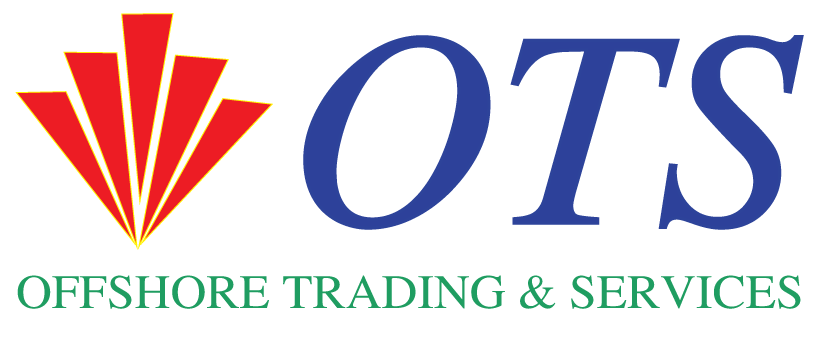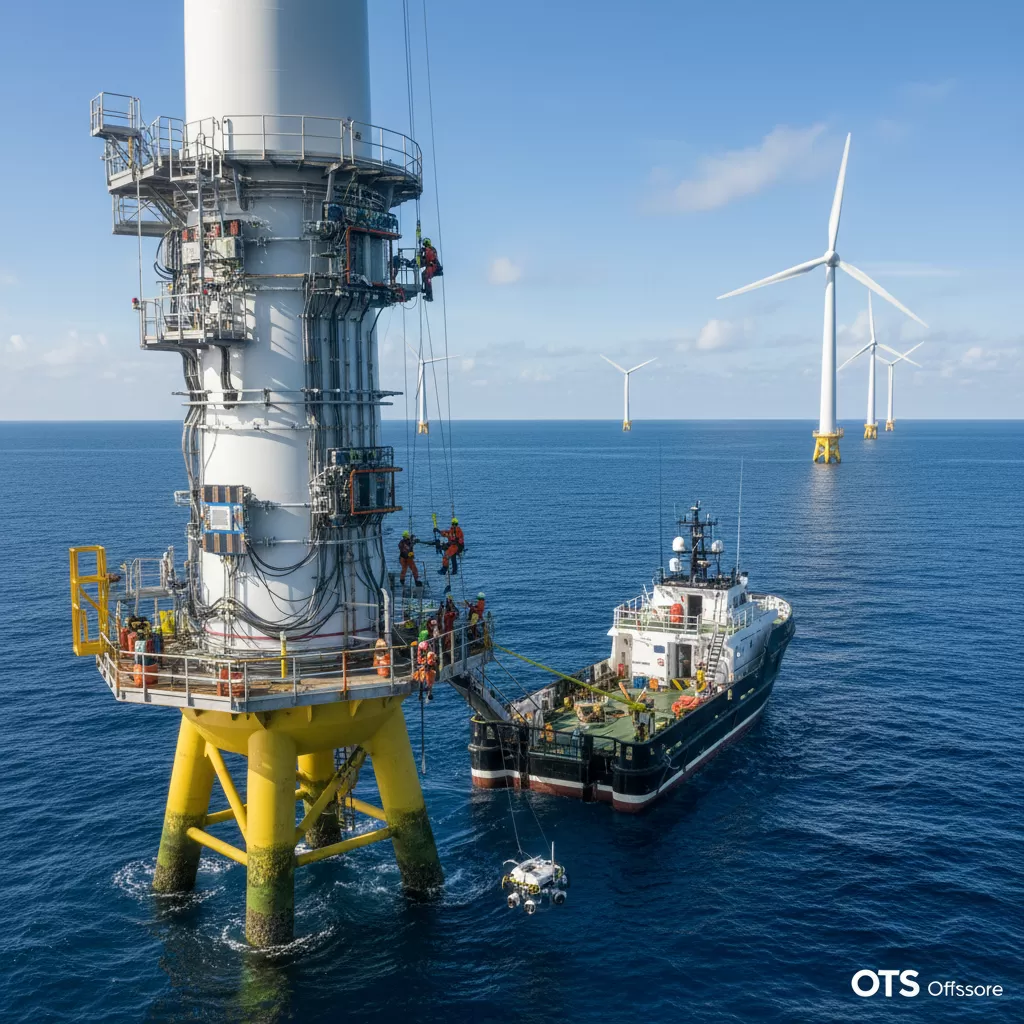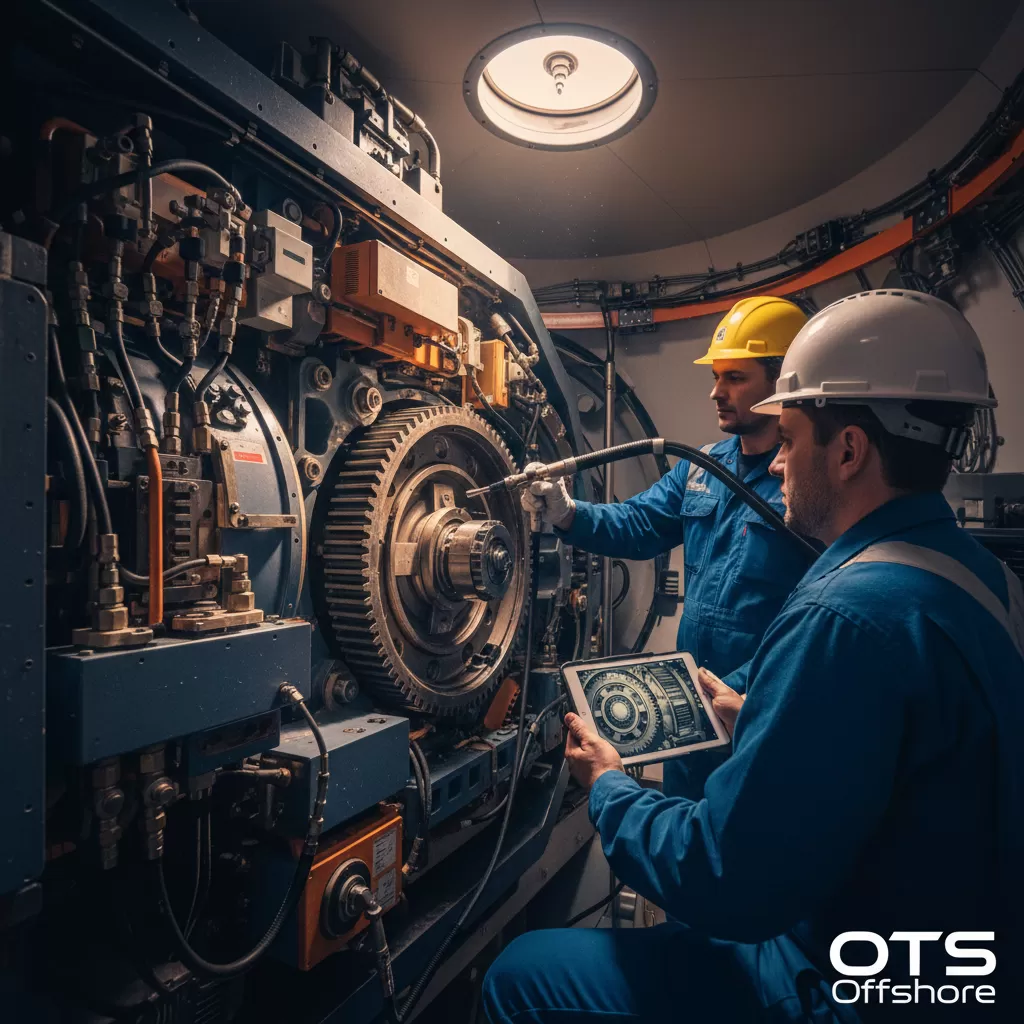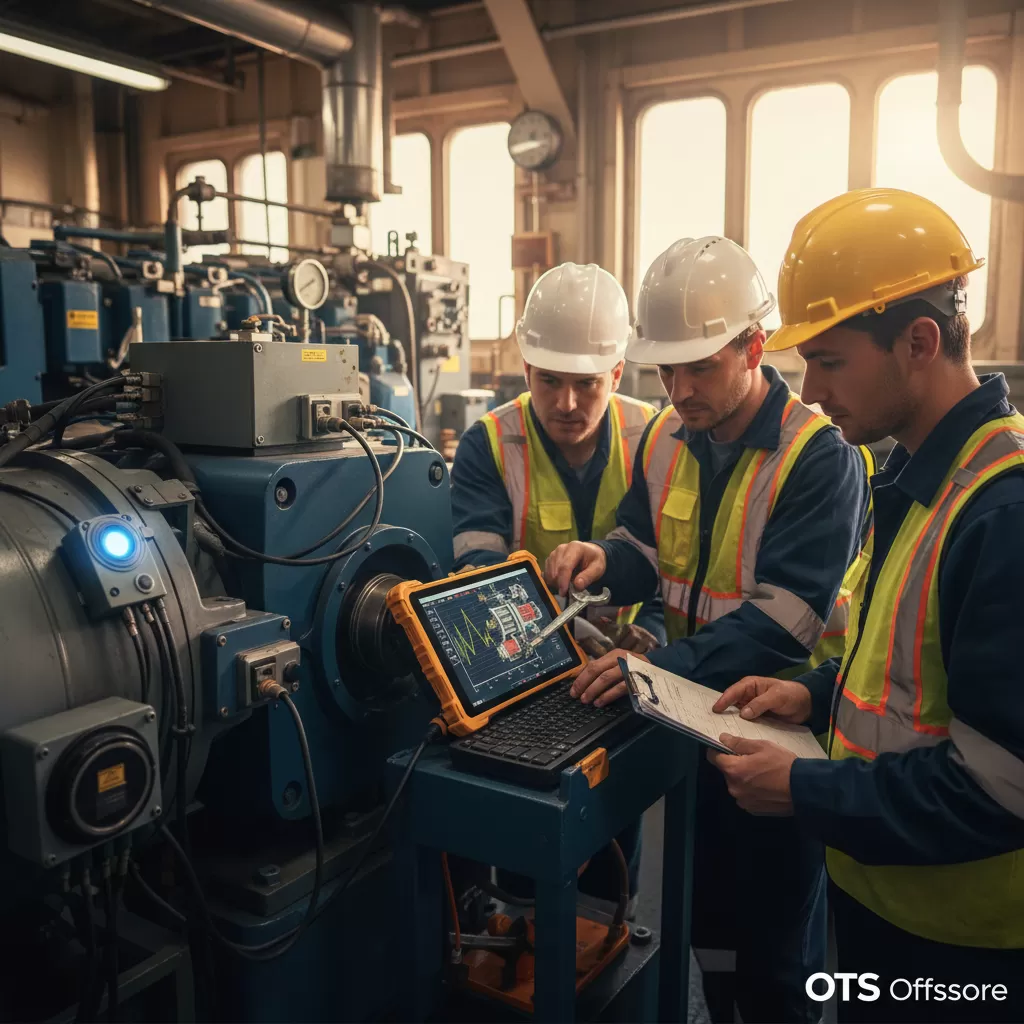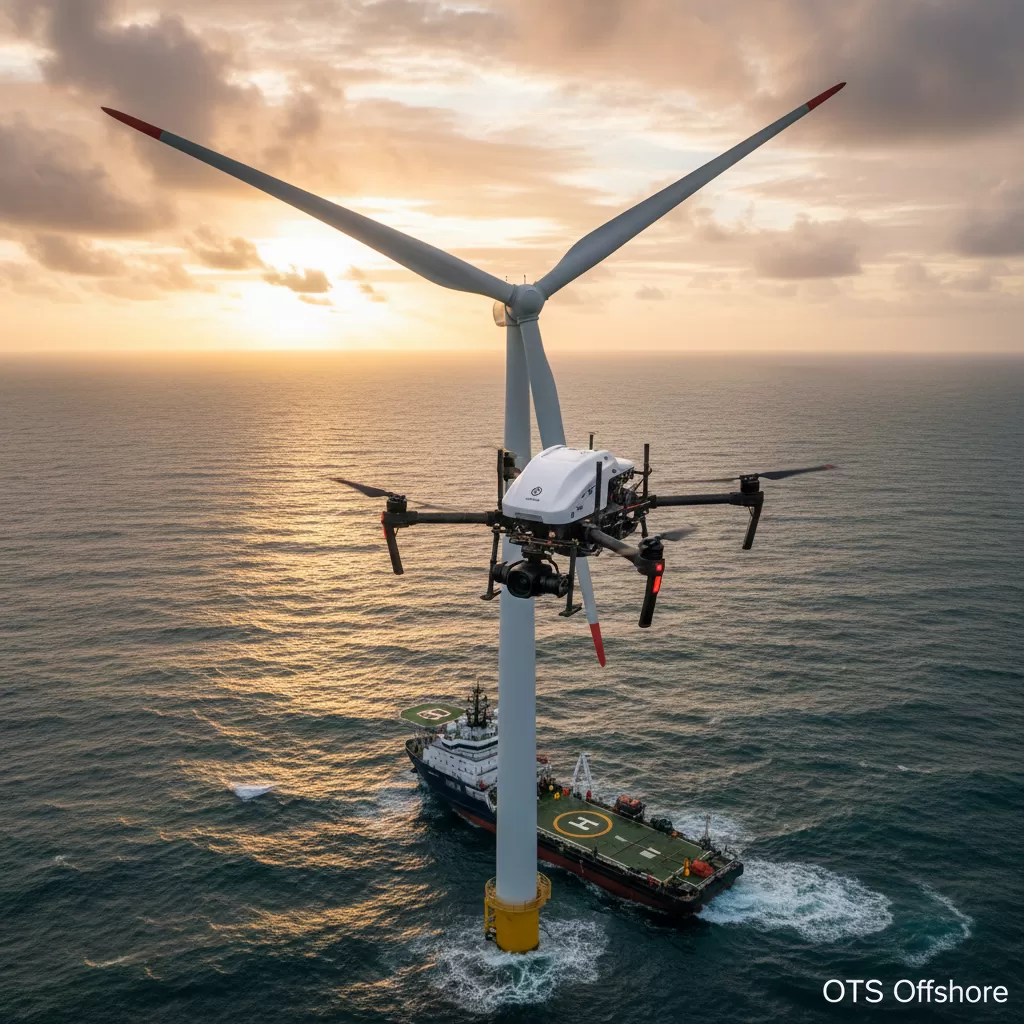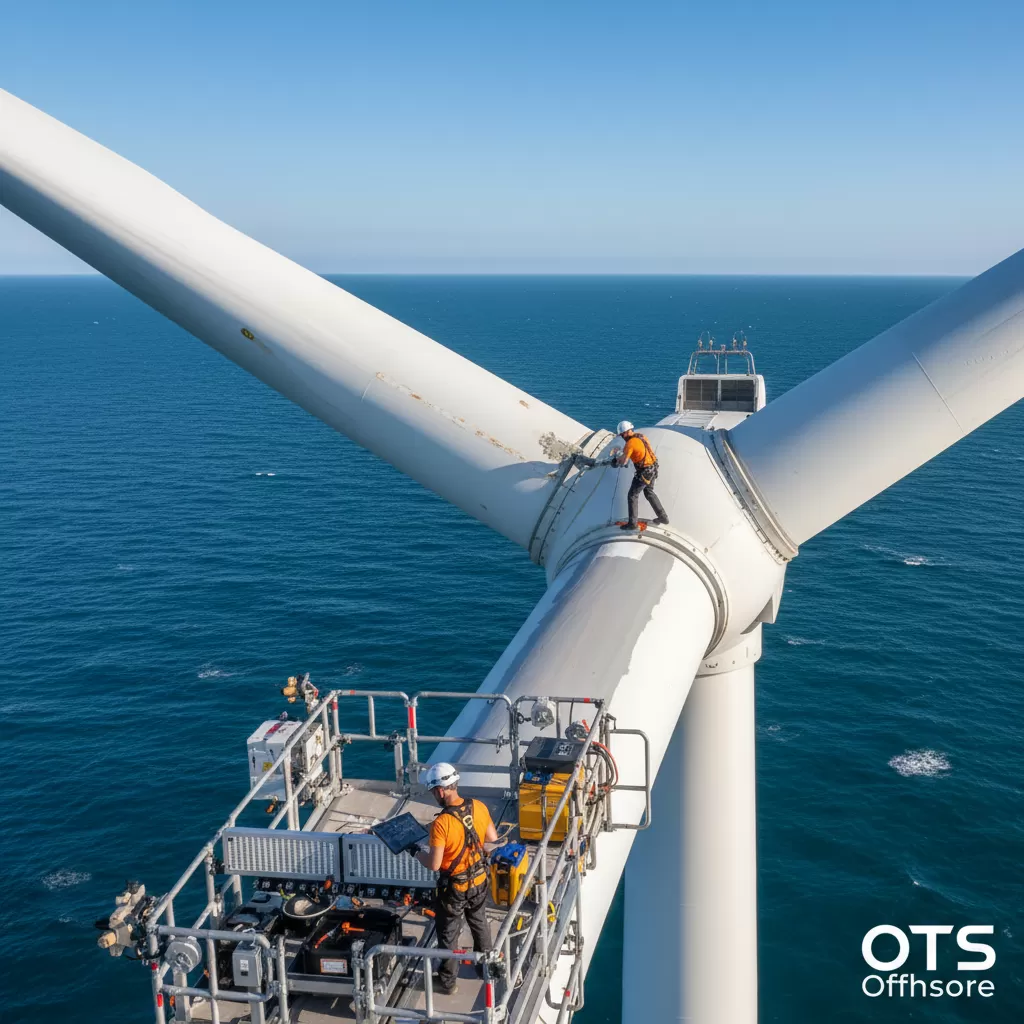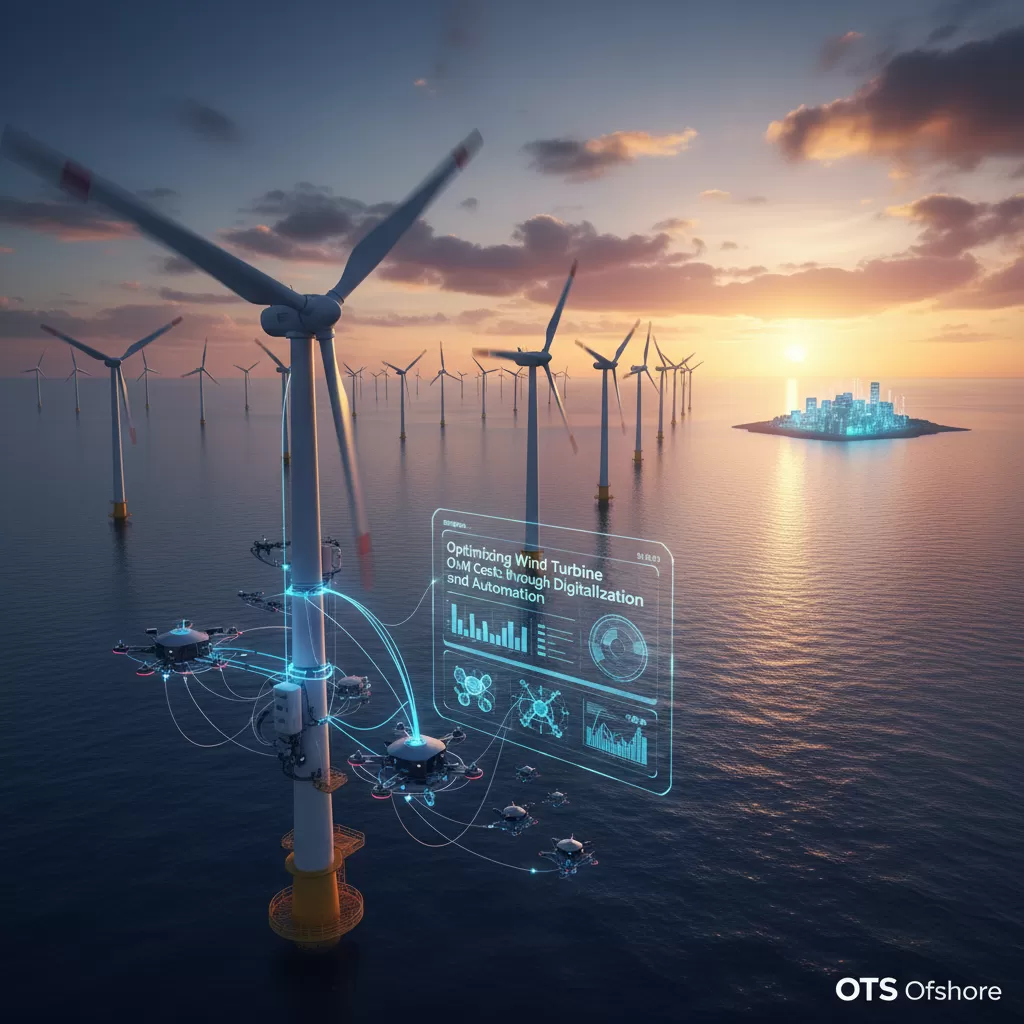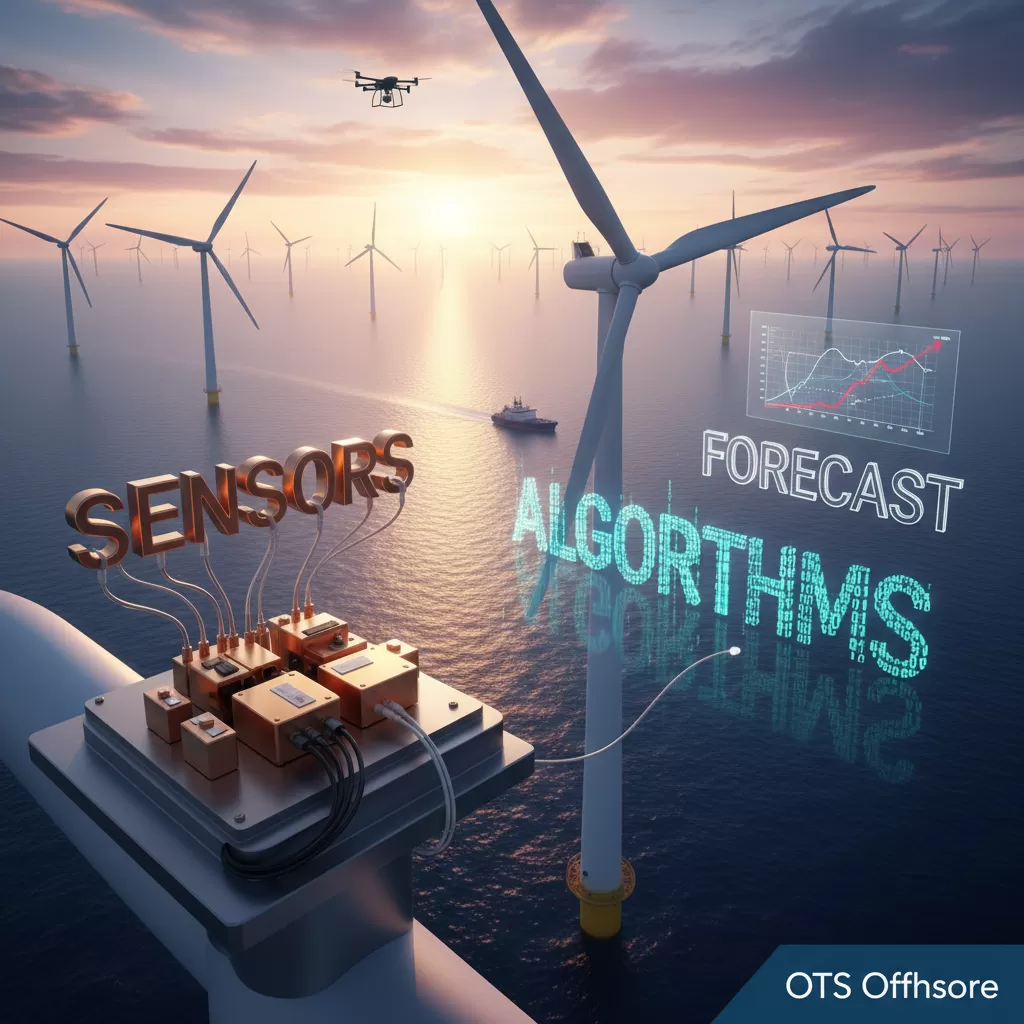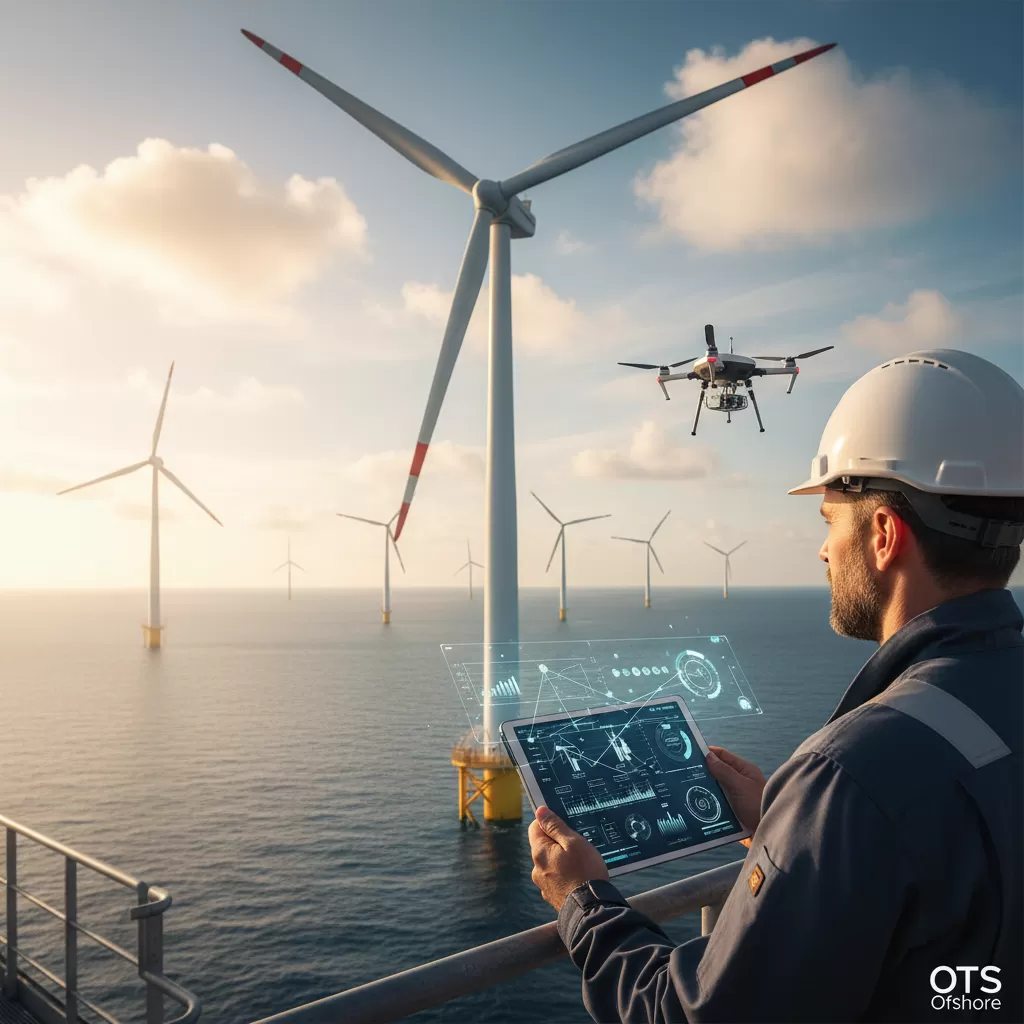Structural Health Monitoring (SHM) is crucial for ensuring the long-term integrity and operational efficiency of offshore wind turbine foundations. This article delves into the advanced methodologies and technologies employed in SHM for these critical marine structures, highlighting its significance in the renewable energy sector. The Imperative of Structural Health Monitoring for Offshore Wind Turbine Foundations…
This article delves into the critical role of oil analysis and robust lubrication programs in extending the operational life of turbine bearings. It explores how proactive monitoring and strategic fluid management directly contribute to enhanced reliability, reduced maintenance costs, and optimized performance in demanding industrial environments. The Imperative of Advanced Oil Analysis and Lubrication Programs…
A comprehensive guide to wind turbine gearbox inspection using endoscopy offers a detailed look at advanced diagnostic techniques crucial for maintaining the operational integrity of these vital components in the renewable energy sector. This guide explores the methodologies, benefits, and key considerations when employing borescopes and videoscopes for internal gearbox examination, ensuring prolonged service life…
This case study explores how Condition-Based Monitoring (CBM) significantly minimizes gearbox downtime in the oil and gas sector. By shifting from reactive to proactive maintenance strategies, operators can enhance asset reliability, reduce unexpected failures, and optimize operational efficiency. This approach leverages real-time data to predict potential issues before they escalate, proving invaluable for critical rotating…
This article delves into the transformative impact of utilizing drone inspection (UAV) for assessing turbine towers and blades in the renewable energy sector. It highlights the evolution from traditional methods to advanced aerial surveys, emphasizing improved efficiency, safety, and data accuracy in wind farm operations. Utilizing Drone Inspection for Enhanced Turbine Tower and Blade Assessment…
Advanced blade repair techniques are crucial for extending the operational life of wind turbine components, significantly reducing maintenance costs, and optimizing energy generation efficiency. This article delves into the sophisticated methodologies and materials employed in modern blade maintenance to combat leading-edge erosion and other wear phenomena. The Imperative of Advanced Blade Repair for Leading Edge…
This article explores how digitalization and automation are revolutionizing wind turbine operations and maintenance (O&M) to significantly reduce costs and enhance efficiency. We delve into the technologies enabling this transformation, from predictive analytics to robotic inspections, and the tangible benefits they offer the renewable energy sector. Unlocking Cost Efficiencies: The Power of Digitalization and Automation…
Predictive Maintenance (PdM) is revolutionizing the offshore wind industry, offering a proactive approach to asset management and operational efficiency. This article delves into the implementation of PdM strategies for offshore wind farms, exploring its critical role in minimizing downtime, optimizing performance, and ensuring the long-term viability of these vital renewable energy assets. We will examine…
Overview Equipment dependability is a safety necessity as well as a performance component in the offshore oil and gas sector. On an offshore site, every hour of downtime can lead to increased safety hazards, financial losses, and operational delays. Preventive maintenance (PM) has emerged as one of the most important tactics for maintaining safe and…
The implementation of Predictive Maintenance (PdM) is revolutionizing the offshore wind energy sector, shifting from reactive or scheduled approaches to condition-based strategies. This article delves into the intricacies of PdM for offshore wind farms, exploring its benefits, challenges, and the advanced technologies driving its adoption to enhance operational efficiency and asset longevity. The Crucial Role…
